The first thing to do when treating a reaction on the face is to immediately stop using the product. Then comes the fun part of figuring out why your skin might be reacting, and what to do to restore your skin barrier when it is in such a fragile state.
Sieanna Pardi, Dermal Clinician at Northern Sydney Dermatology and Founder of Raw Skin Insider answered a couple of our burning (hah) (ouch) questions on skin reactions so you can prevent any future flare ups. Because they are seriously un-fun.
What’s the difference between a skin irritation and a skin allergy?
I get asked this question all the time, skin irritation and skin allergy have very similar characteristics in how they look and feel. The best way to determine the difference is by analysing other parts of the body where you have not applied that skincare product.
When we have a skin allergy, a lot of the time our body will respond in conjunction with the area of application and other areas where you haven't applied the product. (You’re having a skin allergy response If you experience welts, hives, difficulty breathing, and swelling.)
When we have a skin reaction, we only experience symptoms in the areas where we apply the skincare product. (A skin reaction causes our skin cell membrane response to reject the product and in doing so, our skin becomes itchy, stingy, red, and irritated.) This is caused by a superficial response, and before it can enter through our first few layers of skin and do some damage, our outer layer of skin - known as the stratum basale - will reject this and have a compromised response.
What are some of the common signs and symptoms?
Skin irritation v skin allergy can be difficult to diagnose as they do have similarities. However, it’s important to be aware of other signs that differ between them.
Skin Irritation:
- Redness
- Dryness
- Mild swelling (particularly under the eyes)
- Burning or itching sensation
- Stinging (and/or sensitive to touch)
- Chemical burns on the skin (in severe cases)
Skin Allergy:
- Hives and welts around the application area
- Burning or itching sensation
- Difficulty breathing (in hyper-allergy reactions)
- Mild swelling (particularly under the eyes)
- Mild congestion and runny nose
- Dermatitis and eczema fall under this category
How should you treat a reaction on the face?
Hot tip! Never throw the product out as you need to determine what ingredient or solution is causing this response. And I tend to recommend taking an antihistamine, especially if the reaction is around the eyes, to calm the lymph system and internal inflammation response.
My next method would be to boil water, let it sit until it’s cooled and add four drops of white vinegar to the water. Apply the cool water to a face towel, then lightly dab the cool towel on the skin to help soothe the irritation. White vinegar is a great way to neutralise the active ingredient that is (likely) causing the reaction.
Always contact your local dermal therapist, trusted dermatologist, or GP if symptoms persist. But if these options aren’t available to you, follow the below step-by-step recovery.
1. Strip your skincare back to basics. Gentle cream cleanser, Light basic moisture, gel/lotion/ceramide-based product. Ceramides contain fatty acids and are great for calming and creating a barrier around the skin. I would discontinue SPF for a few days to let your skin settle and rest. Invest in a rosehip or organic fractionated coconut oil to help soothe.
2. After applying step one for a whole week, we want to patch test additional products in your routine, one by one. Do this by applying a small amount behind the ear. This area of the skin is a great way to determine if your facial skin is likely to have another reaction as it is similar thickness and sensitivity. Each night, apply one of the products to see if the skin changes to red, itchy, or burning. Once you find the product that is causing the reaction, we can determine the active ingredient that isn’t suiting our skin.
3. This is where you slowly introduce skincare products back into your routine, one by one. (Don’t go all in, or you’ll be back at square one!) But It is important to steer clear of any actives like retinol, vitamin c, BHAs or AHAs, as they are known for gently resurfacing the skin and aren’t necessary when we are trying to repair and nourish the first layer. Start with your original moisturiser, then cleanser, then serum - always introduce the morning serum first as that has less risk of causing a hyper reaction on our skin due to the low active formulations that cannot be exposed to sun.
4. After you’re back to using some of your original products, I highly suggest having a few LED light therapy treatments to help repair the skin barrier. By having LED, our barrier function can repair at a quicker rate, then we can slowly introduce our more active skincare ingredients that are going to give us better results long term.
Are certain skin types more prone to reactions? Why?
Depending on our genetic background and skin history, certain skin types will be more reactive than others. We need to also take into consideration people who have underlying autoimmune conditions and lifestyle/environmental changes. and pre-existing skin conditions like eczema and psoriasis.
All these factors play a massive role in our skin sensitivity.
When we have a history of acne, rosacea, psoriasis, pigmentation, or eczema it is common for these conditions to be genetically passed down. For instance, people with a Celtic background who have fair skin, blue eyes, and red to light brown hair that doesn’t tan easily, are more prone to have rosacea and skin reactions. This is because they have a more exposed barrier or skin microbiota that help protect our skin from everyday factors. Sometimes, these microbiota get a little too excited and overstimulate the skin causing a chain reaction. This can be anything from mild flushing, rosacea flare-ups, and dry skin. When this happens, our skin is in overdrive and can be a little more hyper-sensitive to certain active ingredients. It’s hard to determine when this will happen but most likely it is due to UVA/UVB, extreme climate change, stress, and hormonal factors.
On the other hand, people who have more of a Polynesian, Indian, Asian, and African American background, have the opposite effect where you’re fighting melanocytes that produce pigmentation. In this instance, you’re not as prone to skin reactions in the same way a fair-skinned person is. If we are exposed to a skin reaction it is common to experience more unwanted pigmentation to the skin, breakouts, and post-inflammatory hyperpigmentation.
Is there specific skincare products more likely to cause reactions? Why?
Yes! Another question I am asked on a frequent basis. Skincare actives are incredible and every active ingredient has a purpose and place. However, not every ingredient is suitable for every skin type and condition.
Retinol, a derivative of vitamin a (also known as retinol or retinoic acid) is a gift from the gods to maintain youthful skin, but when we abuse this gift by applying too much of a high dose to our skin, it can have some nasty skin reactions. Being such a strong active ingredient in helping turn our skin cells over at a quicker rate and diminishing fine lines and wrinkles it makes our skin barrier very sensitive to UVA/UVB and can be very drying to our epidermal barrier if we overuse it. When this happens, it can cause a lot of inflammation, dryness, sensitivity, and flushing.
Interestingly, vitamin c is quite a controversial ingredient. We never seem to look at it as an ingredient that can do much damage, but it is still an unstable, ascorbic acid. If used wrongly, or in conjunction with other actives, it can leave a nasty reaction. This can manifest in the form of cystic breakouts, redness, inflammation, or impaired barrier function.
The Acne Killer, glycolic acid, is our best friend when we want it to be. A strong compounding ingredient that is incredible for killing bacteria, dissolving blackheads, and removing sluggish dead skin cells. Like its two friends above, when not used on the right skin or used too much it can strip the barrier to the point when we have no epidermal protection.
Beta-hydroxy acids, or BHAs for short, help to exfoliate the epidermis, remove bumpy skin, and kill anything that should not be on our skin. Their purpose is necessary and amazing for certain skin types but they are another group of powerful high actives that should only be prescribed to you personally. BHAS have their place but when overused or used in the wrong way they can cause chemical burns, post-inflammatory hypersensitivity, and pigmentation.
What are your top tips for preventing future reactions?
A great way to prevent future reactions is by starting slow. You’re not going to indulge in a breakfast buffet every day, and the same rules apply for your skin - quite dabbling in a bit of this and a bit of that.
Back to the four-step recovery routine, you need to feed your skin with the right number of actives for the first four weeks before introducing a new one. I always say to start with an AHA-based morning and night serum first. As they are the gentlest of all actives. After another four weeks, introduce a BHA of your choice (patch testing behind the ear for every newly introduced product, remember!).
Stay with this restorative skincare routine for at least three months. My rule: four is your lucky number. By using the same cleanser and moisturiser AM/PM, the only things that should be different are your AM/PM serum. This is going to significantly reduce your chances of a reaction, while building your skin barrier up to be more resilient.
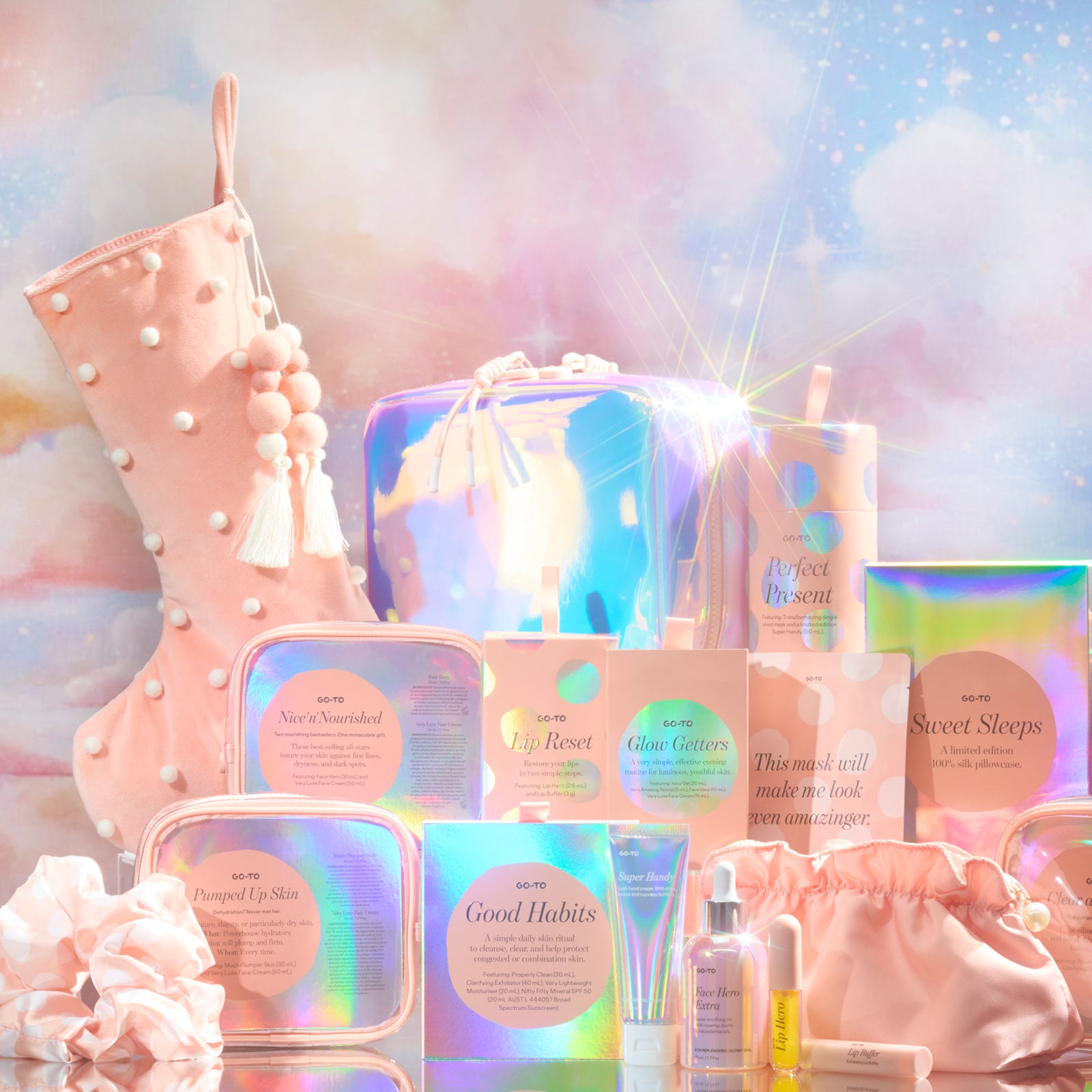



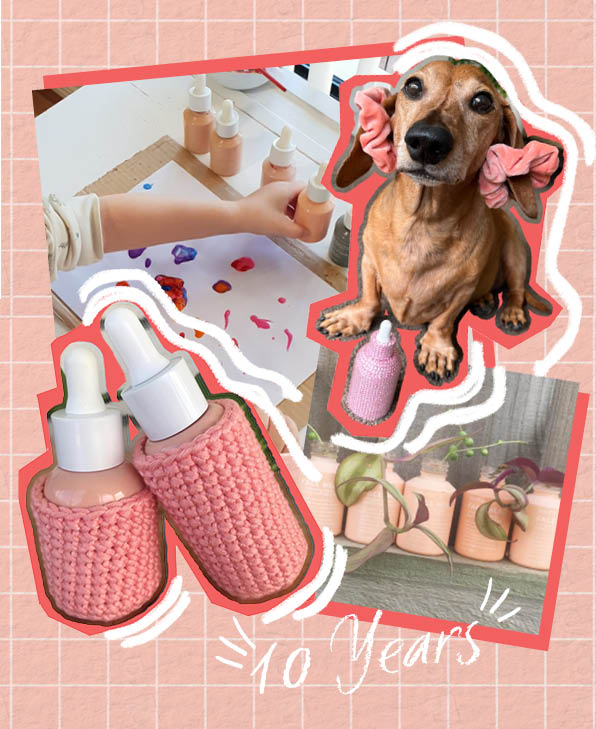

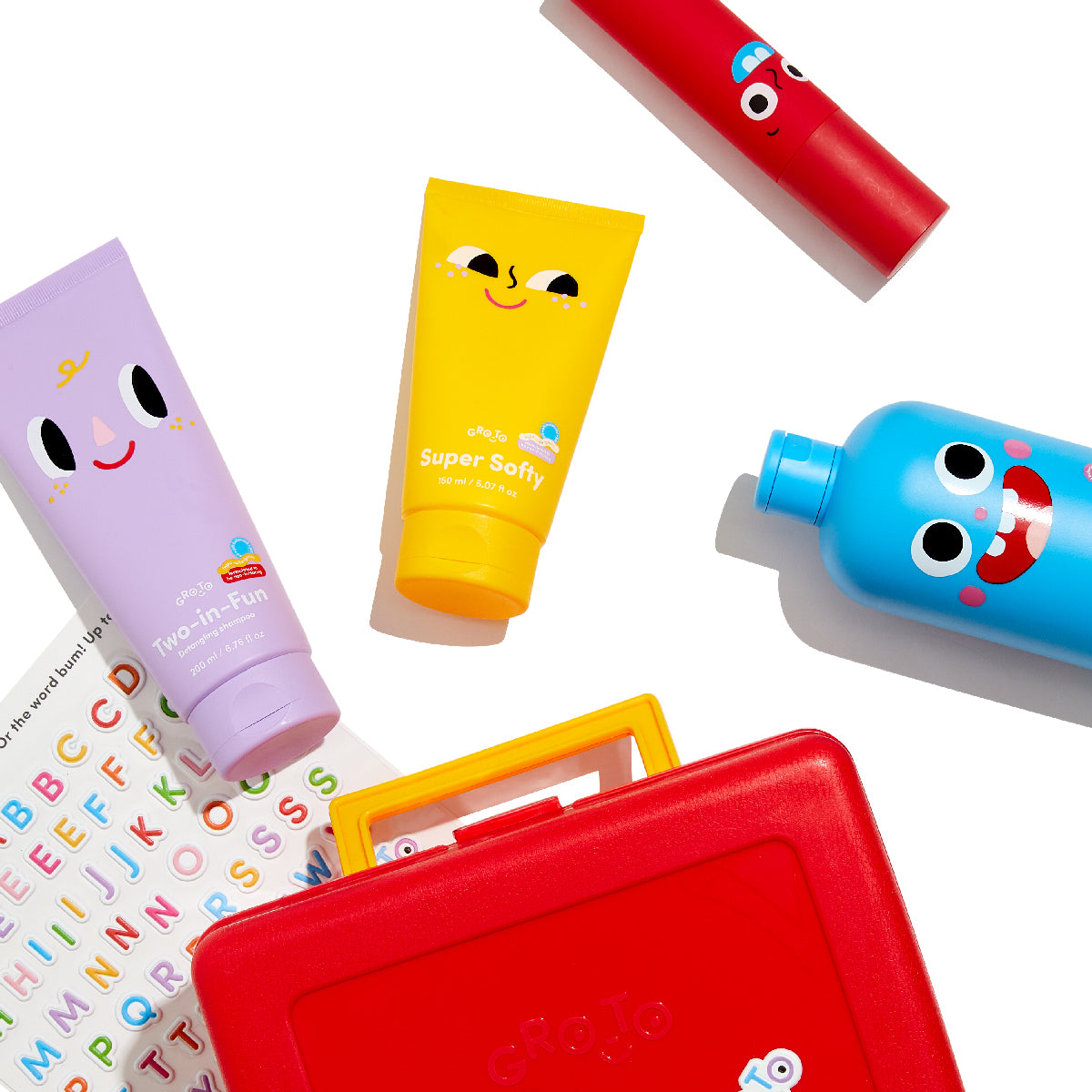
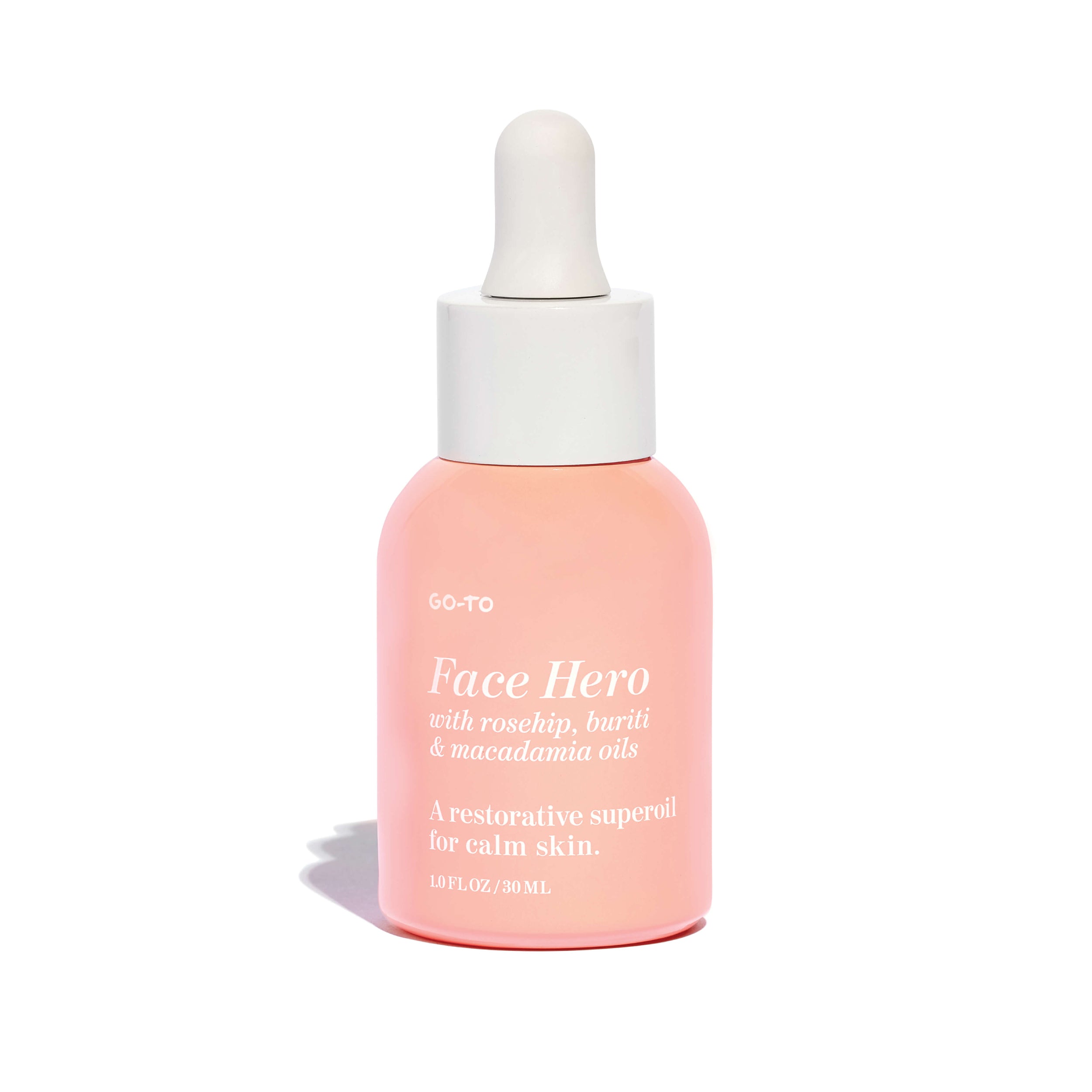


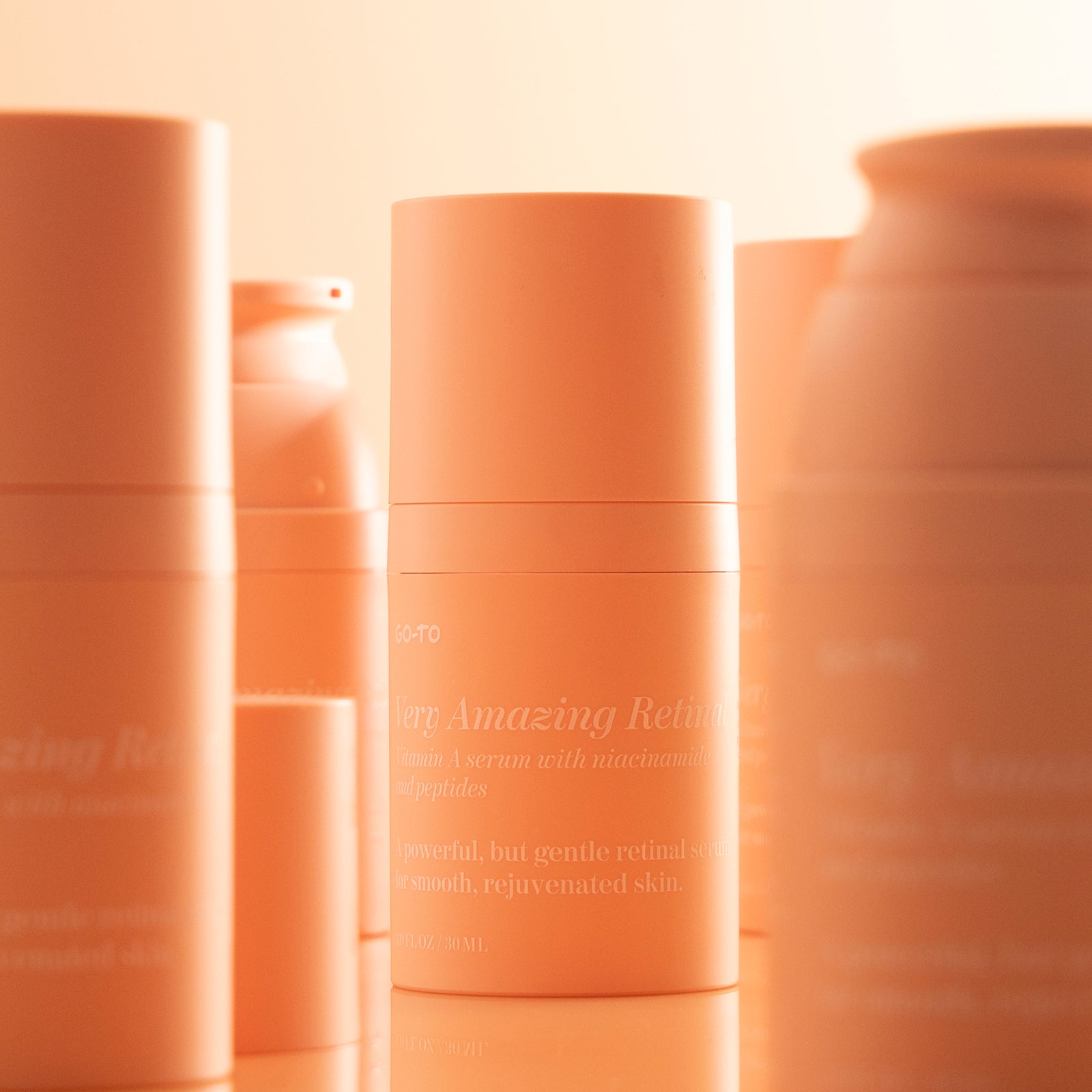
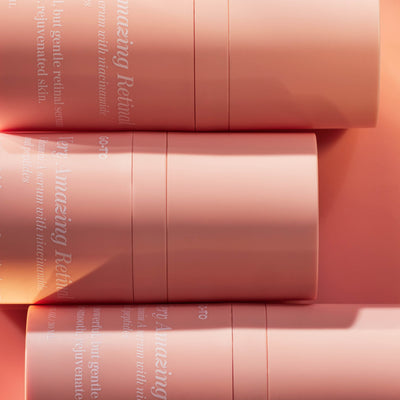

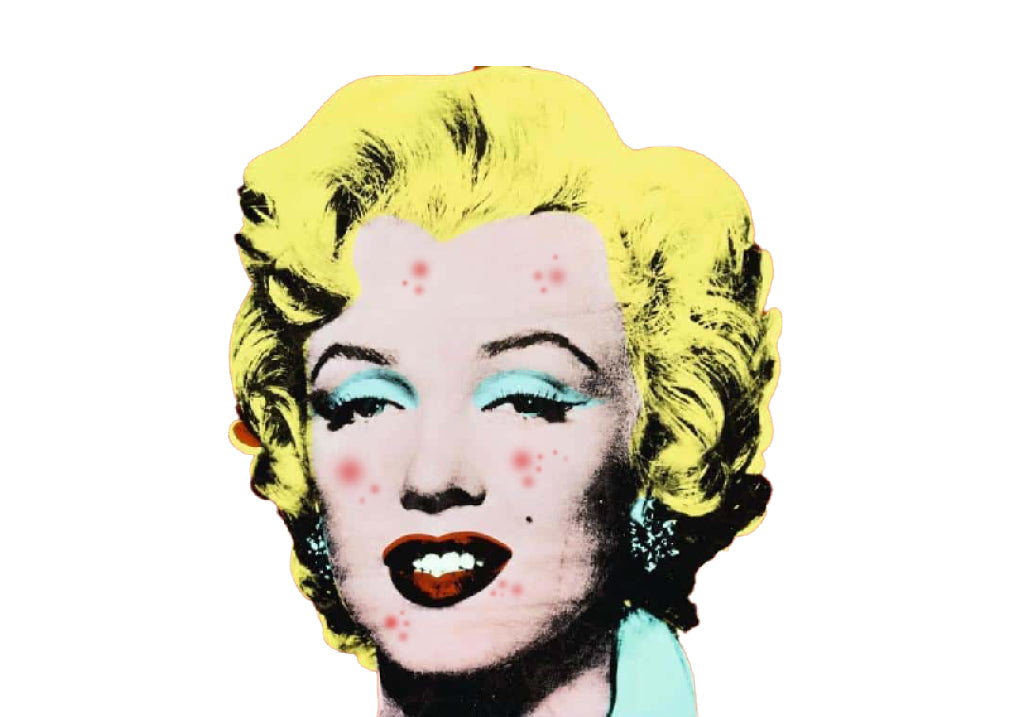

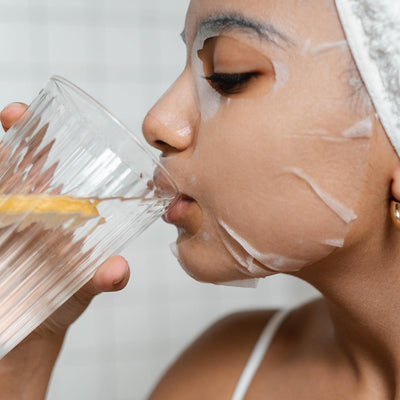

Comments